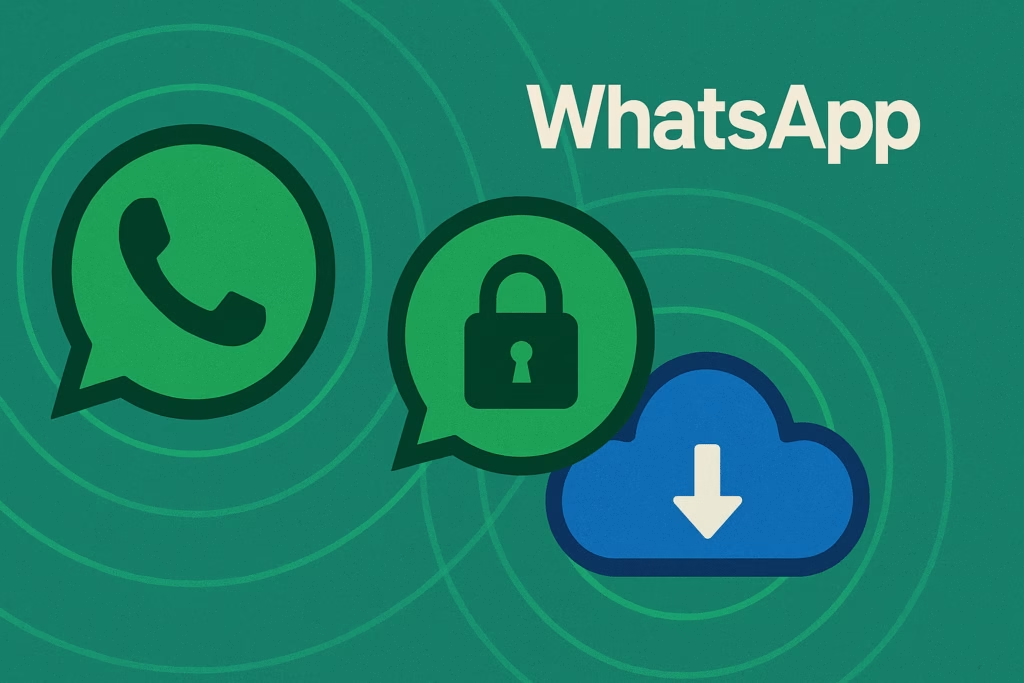
CEO fraud and executive phishing scams represent one of the most financially devastating forms of cybercrime targeting American businesses today. These sophisticated attacks exploit the natural hierarchy and trust structures within organizations, causing companies to lose millions of dollars annually. According to the FBI’s Internet Crime Complaint Center, business email compromise (BEC) attacks, which include CEO fraud, resulted in over $2.7 billion in losses in 2022 alone.
Unlike traditional phishing attempts that cast wide nets, CEO phishing attacks are precisely targeted, well-researched, and designed to bypass conventional security measures by manipulating human psychology rather than exploiting technical vulnerabilities. Understanding how these attacks work and implementing robust defense strategies is crucial for protecting your organization’s financial assets and reputation.
Understanding CEO Phishing and Executive Fraud Tactics
CEO fraud phishing attacks, also known as “whaling” attacks, specifically target high-level executives or impersonate them to deceive employees into transferring funds or sharing sensitive information. These attacks leverage social engineering techniques combined with extensive reconnaissance to create highly convincing fraudulent communications.
Common CEO Fraud Attack Vectors
Executive phishing scams typically follow several established patterns:
- Email Domain Spoofing: Attackers register domains that closely resemble legitimate company domains, often using character substitution or additional letters
- Display Name Manipulation: Cybercriminals use the actual name of a CEO or executive while sending emails from external addresses
- Account Takeover: Hackers gain access to legitimate executive email accounts through credential theft or password attacks
- Social Media Intelligence: Criminals gather information from LinkedIn, company websites, and social media to craft believable scenarios
The Anatomy of a CEO Fraud Email
Successful CEO phishing attempts share several characteristics that make them particularly dangerous:
- Urgent Language: Messages create artificial time pressure to prevent careful consideration
- Confidential Tone: Emails suggest secrecy around mergers, acquisitions, or sensitive business matters
- Authority Leverage: Communications exploit the natural reluctance to question executive requests
- Specific Details: Attackers include accurate company information, employee names, and business context
- Simple Requests: Initial requests appear reasonable, often asking for employee contact lists or basic financial information
Real-World CEO Fraud Case Studies and Financial Impact
The financial impact of executive phishing extends far beyond immediate monetary losses. Forbes reported that the average CEO fraud incident costs organizations $130,000, with some attacks resulting in multi-million dollar losses.
Notable CEO Fraud Incidents
Several high-profile cases demonstrate the sophistication and impact of these attacks:
Technology Company Case Study: A major technology firm lost $47 million when cybercriminals impersonated the CEO in emails to the finance department, requesting urgent wire transfers for a fictional acquisition. The attack succeeded because criminals had researched the company’s recent merger activity and used this context to make their request appear legitimate.
Healthcare Organization Incident: A healthcare network fell victim to a $1.2 million CEO fraud when attackers compromised the actual CEO’s email account and used it to request emergency fund transfers. The attack remained undetected for several days because the emails originated from the legitimate executive account.
Industry-Specific Targeting Patterns
Different industries face varying levels of CEO phishing risk based on their organizational structures and financial processes:
- Financial Services: 23% higher risk due to frequent large transactions and complex approval processes
- Healthcare: Increasingly targeted for both financial fraud and patient data theft
- Manufacturing: Vulnerable during supply chain disruptions when urgent payments appear normal
- Professional Services: Targeted for client information and trust account access
Identifying CEO Phishing Red Flags
Training employees to recognize executive phishing attempts requires understanding the subtle indicators that distinguish fraudulent communications from legitimate executive correspondence.
Technical Warning Signs
Several technical indicators can help identify CEO fraud attempts:
- Email Header Analysis: Check the actual sender address, not just the display name
- Domain Verification: Look for slight misspellings or character substitutions in sender domains
- External Email Warnings: Pay attention to system-generated warnings about external senders
- Reply-To Address Discrepancies: Verify that reply-to addresses match the apparent sender
Behavioral Red Flags
Beyond technical indicators, certain behavioral patterns should trigger additional verification:
- Unusual communication timing (late nights, weekends, holidays)
- Requests for immediate action without normal approval processes
- Uncharacteristic language or communication style
- Requests to bypass standard procedures or controls
- Pressure to maintain secrecy about financial transactions
Implementing Comprehensive CEO Fraud Prevention Strategies
Effective protection against executive phishing requires a multi-layered approach combining technological solutions, policy enforcement, and employee training.
Technical Security Measures
Advanced email security solutions provide the first line of defense against CEO fraud:
- Email Authentication Protocols: Implement DMARC, SPF, and DKIM to prevent domain spoofing
- Advanced Threat Protection: Deploy AI-powered solutions that analyze communication patterns and detect anomalies
- Multi-Factor Authentication: Require MFA for all executive accounts to prevent account takeover
- Email Encryption: Use encryption for sensitive financial communications
Modern phishing protection services like PhishDef offer specialized detection capabilities for executive targeting, using behavioral analysis and machine learning to identify sophisticated CEO fraud attempts that traditional security measures might miss.
Policy and Procedure Development
Robust organizational policies form the foundation of effective CEO fraud prevention:
Financial Transaction Verification
- Establish mandatory dual authorization for wire transfers above specific thresholds
- Require verbal confirmation for all urgent financial requests from executives
- Implement waiting periods for large or unusual transactions
- Create executive communication verification procedures
Information Security Protocols
- Restrict access to executive contact information and travel schedules
- Limit public disclosure of organizational charts and employee details
- Establish clear escalation procedures for suspicious communications
- Regular security awareness training focused on executive phishing tactics
Employee Training and Awareness Programs
Human factors represent both the greatest vulnerability and the most effective defense against CEO fraud. Comprehensive training programs must address the psychological aspects of these attacks.
Developing Effective Training Content
Successful CEO fraud awareness programs incorporate several key elements:
- Realistic Simulations: Use actual CEO fraud examples relevant to your industry
- Role-Based Training: Tailor content to specific positions (finance, HR, executive assistants)
- Regular Updates: Keep training current with evolving attack techniques
- Interactive Scenarios: Use hands-on exercises to practice identification and response
Creating a Security-Conscious Culture
Building organizational resistance to CEO fraud requires cultural change that encourages verification without fear of embarrassment or retribution:
- Establish “verification is valued” messaging from leadership
- Reward employees who identify and report suspicious communications
- Share success stories of prevented fraud attempts
- Normalize the practice of confirming unusual requests through alternative channels
Incident Response and Recovery Procedures
Despite preventive measures, organizations must prepare for potential CEO fraud incidents with clear response protocols.
Immediate Response Steps
When a suspected CEO fraud incident occurs, immediate action can minimize damage:
- Stop All Related Transactions: Immediately halt any pending wire transfers or financial transactions
- Contact Financial Institutions: Notify banks and payment processors within the first 24 hours
- Preserve Evidence: Save all email communications and system logs
- Report to Authorities: File reports with the FBI’s Internet Crime Complaint Center and local law enforcement
- Internal Communications: Notify relevant stakeholders while maintaining confidentiality
Recovery and Lessons Learned
Post-incident analysis provides valuable insights for preventing future attacks:
- Conduct thorough forensic analysis to understand attack vectors
- Review and update security policies based on identified weaknesses
- Enhance employee training with real incident examples
- Evaluate and improve technical security measures
Key Takeaways for CEO Fraud Protection
Protecting your organization from CEO phishing and executive fraud requires constant vigilance and comprehensive defense strategies. The most effective approach combines advanced technical solutions with robust policies and ongoing employee education.
Remember that CEO fraud attacks succeed by exploiting trust and authority structures within organizations. By implementing verification procedures, maintaining security awareness, and fostering a culture where questioning unusual requests is encouraged and valued, businesses can significantly reduce their vulnerability to these sophisticated attacks.
The financial and reputational costs of CEO fraud make prevention investments worthwhile. Organizations that proactively address executive phishing risks protect not only their immediate financial assets but also their long-term business relationships and market credibility.
Don’t let your organization become the next CEO fraud statistic. Contact PhishDef today to learn how our advanced phishing protection solutions can safeguard your executives and employees from sophisticated email-based attacks. Our specialized detection capabilities and comprehensive training programs provide the multi-layered protection your business needs to defend against evolving CEO fraud tactics.


